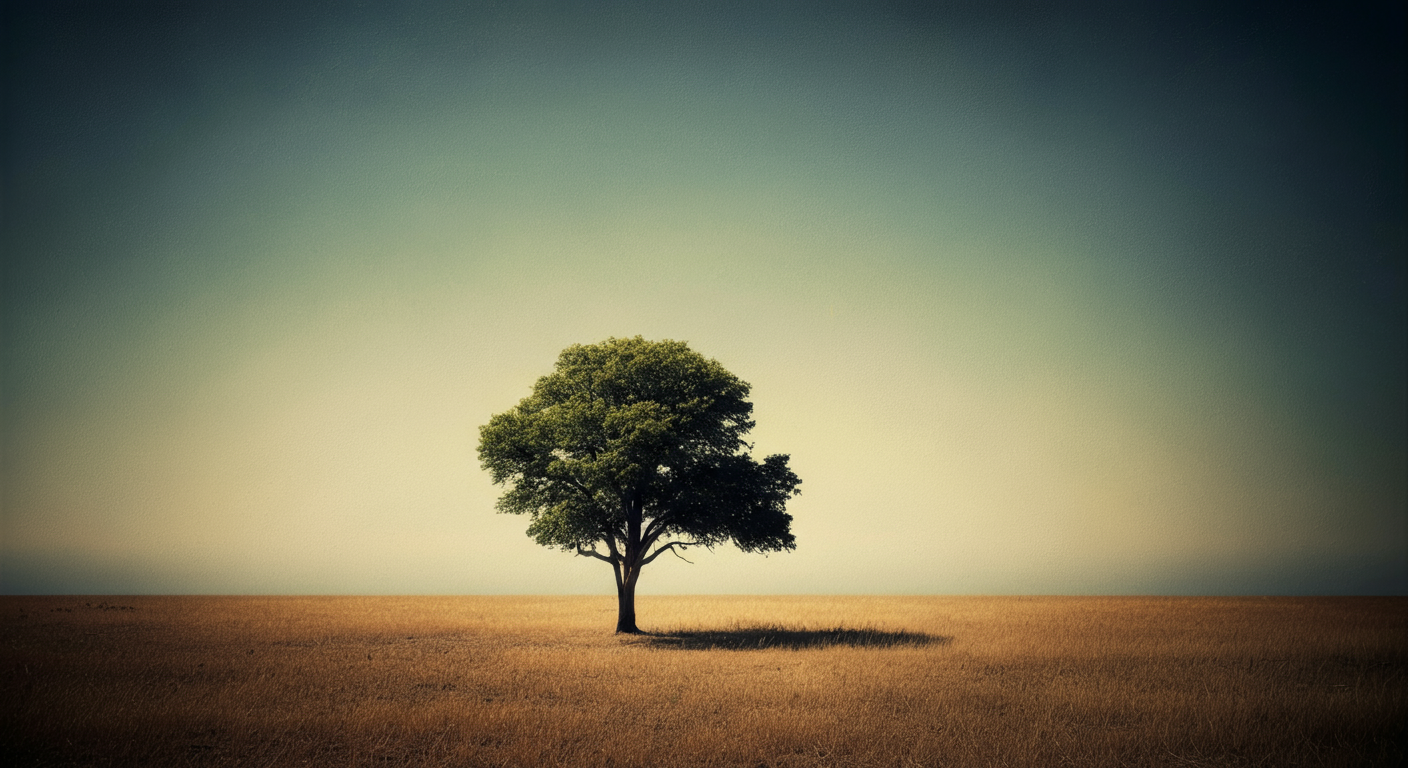At Below2Degrees, we don’t just supply furniture— we ensure its entire lifecycle is managed responsibly, from design to de-installation and beyond. Our approach aligns with the principles of the circular economy, which focuses on designing out waste and keeping products in use for as long as possible. Below2Degrees is redefining furniture procurement in hospitality by making circularity a reality.
-
Our Design Principles
Durability & Longevity
Prioritising high-quality, high-durability materials and construction techniques to extend product lifespan.
Standardised Components
Designing with interchangeable and modular parts to facilitate remanufacturing, repair, and seamless integration into future designs.
Modular Design
Creating adaptable furniture solutions that support easy disassembly, repair and maintenance.
Sustainable Material Selection
Choosing materials with a lower environmental impact, including those with recycled and recyclable content, to support circular material flows.
-
Items unsuitable for direct reuse are disassembled, sorted, catalogued, and stored for future integration into new designs.
-
Implementing industry-standard quality assurance and compliance assessment procedures to ensure longevity and circularity.
-
Renewing, redesigning, enhancing and restoring products to extend their usability and aesthetic value, then redeploying them for reuse in future projects.
-
Components from previous projects are integrated as primary materials into subsequent projects, alongside new materials.
-
Ensuring parts are reintroduced into the production cycle rather than being discarded but for components that are no longer viable for remanufacture are recycled. Any remaining materials are recovered through appropriate processes.
-
Each piece of furniture is assigned a Passport ID for documentation, logistics, impact tracking, and lifecycle management. This unique identifier helps record product details, track movement and location, monitor environmental and economic impact, and support circularity.
Below2Degrees (B2D) focuses on product stewardship, ensuring the responsible management of materials throughout their entire lifecycle—from design to end-of-life recovery. Our approach integrates modular design, ease of repair, and disassembly while utilising sustainable, recycled, and recyclable materials. By maximising material yield, we minimise environmental impact. Additionally, we prioritise strategies such as reuse, refurbishment, remanufacturing, and recycling to keep assets in circulation and retain their value, ultimately reducing the demand for new resources. This approach is critical in addressing the growing issue of furniture waste, as approximately 12.1 million tons are generated annually in the U.S., with over 80% ending up in landfills or incinerated. Similarly, the European Union discards around 10 million tons of furniture each year, the majority of which also ends up in landfills or incineration.
As custodians of perpetual assets, B2D ensures that products are designed for durability and remain within the consumption loop. At the start of a new project or during an ongoing cycle, our R&D, engineering, and ESG teams collaborate with clients and designers to integrate the 9Rs framework (rethink, refuse, reduce, reuse, refurbish, remanufacture, repurpose, recycle, recover) to minimise waste during production and at the end of a product’s life. Life Cycle Assessments (LCA) are conducted, and we maintain rigorous compliance with industry standards across our network of factories and suppliers.
Upon contract completion, we take full responsibility for the furniture’s lifecycle through reverse and forward logistics, which include on-site assessments, dismantling, and managing used material assets for future projects. We also collaborate with companies that actively integrate sustainable practices into their operations. Maersk, for example, has been a pioneer in adopting green methanol fuel—a move that aligns with our commitment to reducing carbon emissions in our supply chain. This approach ensures that our material assets continue to circulate within a sustainable loop.
Carbon Emissions of a 150-Room Hotel Project with 9 Pieces of Furniture per Room
*KgCO2e - Kilograms of Carbon Dioxide Equivalent
TAKE-MAKE-DISPOSE MODEL
Linear
150 rooms x 1,310.30 KgCO2e
196,545
KgCO2e
(Landfilled, Incinerated)
BELOW2DEGREES LEASE MODEL
Circular
150 rooms x 109.50 KgCO2e
16,425
KgCO2e
(Reused, Refurbished, Recycled)
=
ENVIRONMENTAL SAVINGS
180,120
KgCO2e
An annual carbon absorption of
8,100
Mature trees
OR
39
Petrol-powered cars off the road for an entire year

“The circular economy gives us a framework to think about how we can design systems that are regenerative, where resources are used efficiently & effectively, without waste.”
Ellen McArthur (Founder) - Ellen McArthur Foundation
BELOW2DEGREES